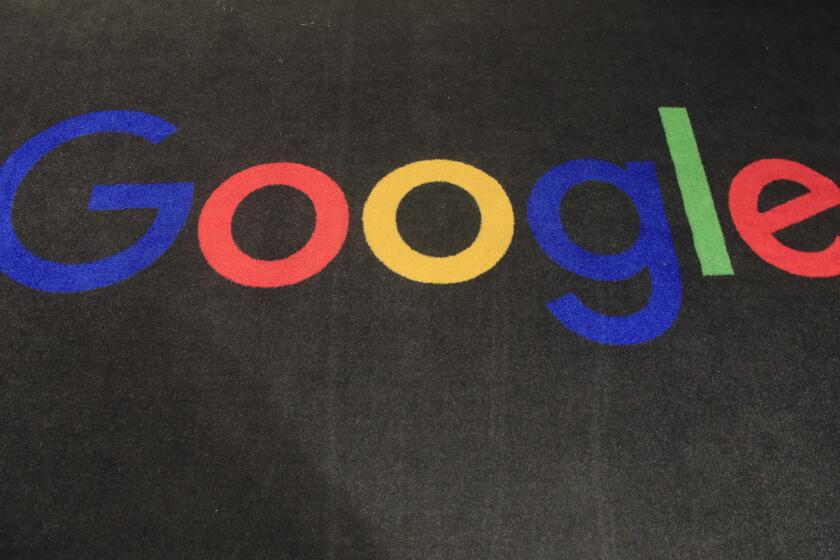How do other tablets compare against iPad, Kindle and Nook?
- Share via
Once you’ve browsed beyond the iPad, the Kindle Fire and the Nook Tablet, you get to a category of tablets that might reasonably be called “the others.”
This is a long list of devices both from well-known electronics makers (Motorola, Samsung, Sony) and from a few you’ve probably never heard of (Asus, Kobo, Huawei, Lenovo).
Although the iPad is on the high end of the pricing ladder and the Kindle Fire is on the lower end, the two have something in common that separates them from the others: They’re both connected to large, well-known online entertainment empires.
For Apple, that’s iTunes for music and movies and the iBookstore for books. Amazon has its own music store, as well as thousands of TV shows and movies that its tablet users can stream over the Web — not to mention its big library of Kindle e-books. For the Nook, Barnes & Noble has a busy digital bookstore too.
But well-designed tablets like the Motorola Xoom ($500), the Samsung Galaxy Tab 8.9 ($450) and the T-Mobile SpringBoard ($430) are not synced to these large, popular stores, where users can access libraries of books and movies and can store photos and videos in the online cloud.
The SpringBoard is a good example of a solidly built 7-inch tablet with a snappy feel and bushel of nice features, including a 5-megapixel camera and the ability to connect to T-Mobile’s newest, souped-up cellular network.
Still, the question remains: Why buy this rather than the iPad 2? For an additional $60, you’d get a much larger screen, a wider array of applications and access to Apple’s iTunes store and iCloud, which lets users access their music, photos and documents from any computer or Apple mobile device.
Other tablets, like the Kobo Vox eReader, have a feel that suggests their engineering blueprints needed another draft or two. This 7-inch tablet ranks among the lower-cost devices at $199, but it seems to have shipped with charging issues, requiring a tricky software update to fix. When it’s finally set up, the device is poky, with visible delays as it turns the pages of books, and a swirling “loading” symbol that appears all too frequently.
If you’re interested in a tablet but haven’t yet seen the right combination of price, features and size, here’s one last recommendation: Wait until next year. By then, it’s likely Apple will have released its next iPad, while also dropping the price of the current model. Other manufacturers will also be offering faster, lighter devices at lower prices and with better access to existing online stores.
Tablets have come a long way in their first 18 months, but they’re still barely out of their infancy.
More to Read
Inside the business of entertainment
The Wide Shot brings you news, analysis and insights on everything from streaming wars to production — and what it all means for the future.
You may occasionally receive promotional content from the Los Angeles Times.








